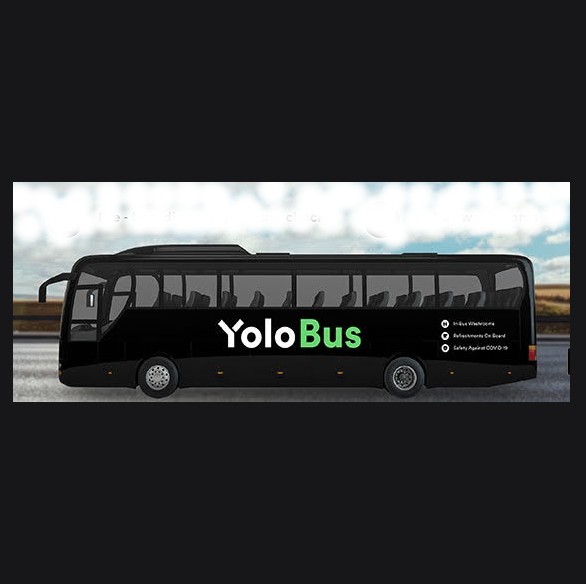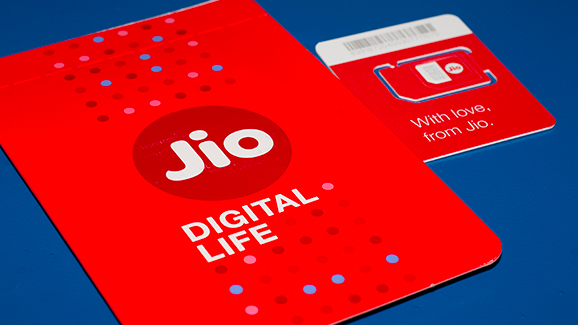India is steadily getting urbanised, and the domestic intercity travel market, valued at $32 billion in FY 2019, growing at 8.2% CAGR, is poised to reach $51 billion in FY by 2025, states a Yolo Bus study.
However, the expansion in intercity travel is severely under-served by trains (4% CAGR while 86% of the trains are overbooked for the next 10 days) and flights (80% of flight capacity serves only the top 6 metros).
On the contrary, rapid growth in road infrastructure (National Highways have grown at 21.44% CAGR between 2016-2019) has connected 5000+ previously obscured pin codes. It resulted in more than 1,000 intercity routes which have similar travel time as compared to trains.
Adoption of technology
Despite the massive underlying opportunity, India’s bus services have largely remained archaic due to three major reasons. The first point is high fragmentation of bus operators (2,500+ active bus operators and 25+ state-owned road transport corporations) that has led to localisation of supply.
Second factor is lack of customer centricity as most operators have little incentive to deliver superior service excellence. The third factor for India’s archaic nature of bus service is due to the slow adoption of technology that is critical to customer experience and operational efficiency.
Furthermore, local operators have shied away from investing in training and building standardized processes that promise the customer timeliness, comfort and safety.
The new-age, digitally savvy Indian commuter has a fast-rising disposable income, albeit Covid-19 headwinds. She is used to expecting a professional experience in almost all spheres of activities, be it food delivery, ecommerce, or travel and transportation.
YoloBus is picking up these scattered pieces to be the trustworthy, reliable, safe and pan-India brand that the industry needs.
Emotional distance
Speaking on the exponential growth of intra-city travel, Founder & CEO of YoloBus Shailesh Gupta said maintaining a safe distance shouldn’t mean emotional distance, and travel companies only understand that better after the pandemic.
“Intercity travel is picking up in India, especially after the initiation of the vaccine drive. The pandemic has resulted in relatively permanent changes that mandate a higher sense of awareness and sensitivity from the bus travel providers,” said Shailesh Gupta
He also said travelers will choose buses they trust. “YoloBus is transforming the concept of reliability in this industry by focusing on efficient operations, stringent SOPs and new-age technology,” says Shailesh Gupta.
Boarding, deboarding
YoloBus’ crew and customers are empowered with a seamless app that enables 100% contactless boarding and deboarding. With real-time alerts and communication, its mobility apps cut down on the need for human interaction within the bus ecosystem, reducing potential contact significantly.
Each passenger knows the exact details of her route and journey in real-time, a crucial element that has made possible a minimum contact journey. Experts train their staff to maintain the highest hygiene & sanitization standards.
YoloBuses are cleaned pre and post every trip. The company is committed to maintaining punctuality – passengers save an average of 1 ½ hours by travelling with YoloBus.
In India, 50+ cities with a 1million+ population act as the hub for over 300+ smaller towns with a 100k+ population size. Out of the 50+ Mn people who travel intercity daily, nearly 20+ million people travel by trains.
Structural advantage
More than 30+ million people travel by buses. Over 60% of this bus-carried traffic moves across the dense network of the 50+ cities consisting of all major hubs. In short and medium-haul distances (200-600 Km.), buses have several structural advantages.
Flights are prohibitively expensive and time consuming for short routes. Trains accessibility and availability are major issues outside Tier-1 cities; tier-II cities often don’t have direct connections.
Thus, bus transport is usually amenable to higher flexibility over trains and flights due to its modular structure (fewer constraints than trains and flights). Hence, road travel is the most flexible because of the numbers of destinations, numbers and frequencies.
When you consider the 200 – 300 kms. distance travel, it is buses that surface as the most convenient travel mode. If you consider alternatives such as rail and air, it wins hands down because of its flexibility.





